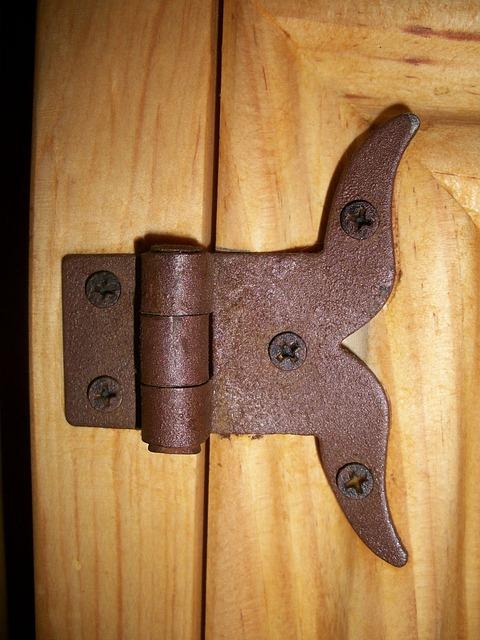Incorporating the correct hinges into a project is a commonly overlooked detail. Most people would justify using any hinge that has “the right look” or “matches the best.” While style points are valuable, especially with indoor plywood fixtures and projects, they are not nearly as important as function and accessibility. To pinpoint the correct hinges for your project, you must understand the benefits of each.
Door overlay
The first thing to consider is your door overlay. While this is obviously going to be one of the first things you consider when drawing up your project initially, consideration needs to be given to the overall look of a hinge that you want. The position of the door will affect the placement possibilities of the hinges. For example, if you are going with an inset door, it is fairly standard to have those hinges located on the interior side of the plywood cabinet. In contrast, an overlay style door for a face to frame cabinet will allow for exterior placement of your hinge. These are some initial things to consider before beginning your project.
|
EVENTS Green Cabinet Conference runs April 12, 2017 Columbia Forest Products PureBond Fabricator Network will gather April 12 for a conference on green, formaldehyde free woodworking.
|

|
Hinge categories
Generally, hinges are put into three basic categories. A concealed hinge is just as it sounds. No part of this hinge is visible to any exterior portion of your door. Concealed hinges have gained traction in contemporary designs. A semi-concealed hinge is arguably the most common. The hinge is partially visible when the door is in a closed position. Lastly, an exposed hinge is completely visible when the door is closed. This hinge is mounted on the outside portions of your cabinet and door. Exposed hinges come in countless styles, there’s always one that will give the right look for your project.
Exterior hinges
What if you are not building a cabinet or mounting an interior door? Choosing the right hinge for heavy duty, exterior applications is also a crucial decision to make. For an exterior door, perhaps a shed or workshop door, you are obviously going to use some heavy-duty hardwood plywood. The best hinge to go with here is typically an exposed hinge. The exposed hinge is less susceptible to pinching, and will offer you a more consistent fit and the ability to successfully maintain a larger gap between the door and the frame.
Common Types of Hinges
Butt hinge
The most common type of hinge you will find in household furniture is the butt hinge. Common on most doors, this hinge stands the test of time. It is a semi-concealed hinge that can be greatly enhanced with decorative finial tips. These can be purchased in almost any color and are ideal for heavy doors. A good rule of thumb has always been that if the door feels heavy to you, it most likely needs a butt hinge.
Knife hinge
If you’re looking for a good hinge choice for a smaller cabinet or a light door, the knife hinge may be just what you need. This is a concealed hinge with a lot of versatility. This hinge is mounted to either the top or the bottom edge of both the door and the cabinet. There are two types of knife hinges: straight and offset. The straight knife hinge is usually installed when the door overlays the sides of the cabinet and is inset into the top and bottom. On the other hand, the offset knife hinge is generally used when working with full inset doors.
European hinge
A hinge that has gained heavy popularity for frameless cabinets as well as light plywood applications is the European hinge. This hinge requires a circular mortise to be manually drilled into the back of the door.
The major benefit of European hinges is that they offer adjustments in numerous ways to get the perfect alignment for your door. The side adjustment changes the gaps in between the doors to make a symmetrical appearance. The height adjustment allows the door to be aligned vertically to ensure your gaps are even for both. The depth adjustment, while not always available, will ensure that your doors are even with the face of the entire cabinet. European hinges cost a bit more and are quite difficult to install compared to traditional hinges.
Choose the right hinge
There’s a variety of styles and designs of hinges you can choose from. When planning your project, consider the overall look you are going for, the weight of your door and the amount of use the door is going to get. Pick the right hinge, and your project will get the extra “pop” you are looking for.
Matt Lee is with Columbia Forest Products. Learn more at columbiaforestproducts.com/product/purebond-classic-core/






Have something to say? Share your thoughts with us in the comments below.